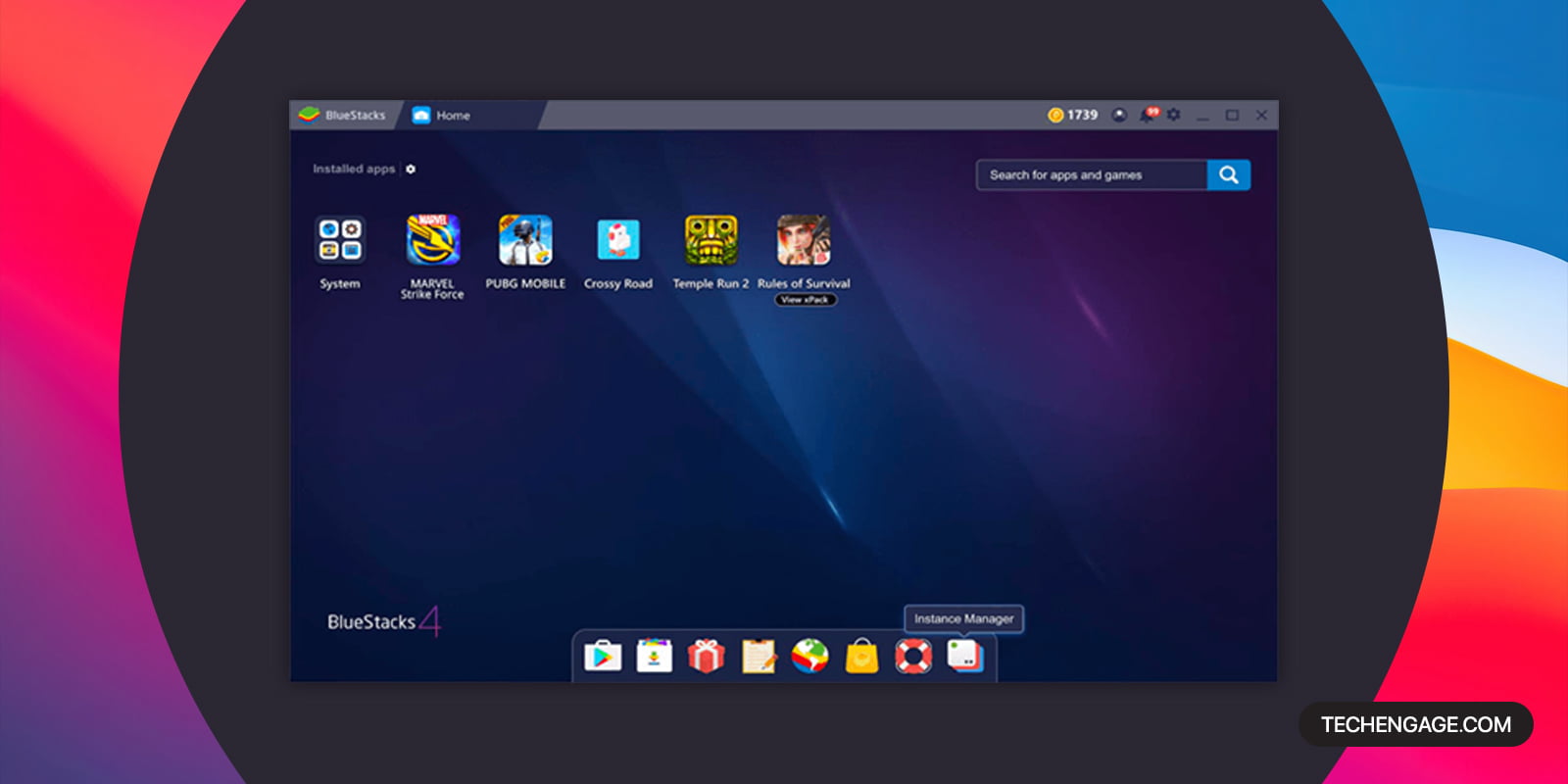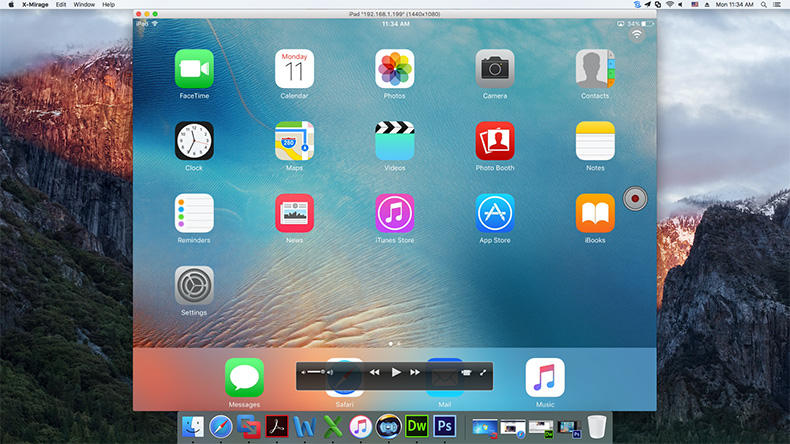

With the first stable version released in late 2003, Xcode Simulator helps you develop apps for the entire iOS ecosystem, including iOS, macOS, iPadOS, tvOS, and watchOS. Simply put, Simulator lets you mimic the user interface of a device for which you are developing an app. Keeping definitions in mind, you may ask how Xcode Simulator can help in your app development. The Xcode Simulator app is an integral part of the Xcode environment. Writing, compiling, and debugging functionalities work seamlessly in the Xcode IDE. Xcode brings together every tool and functionality you need for app development - a build system, text editor, and compiler. In the simplest analogy, you can use Xcode similar to a pen and paper to design, write, and develop apps for the iOS system. The IDE lets you use Command Line Tools (CLT), similar to a UNIX-style app development environment. Xcode is an integrated development environment (IDE) designed for Apple’s macOS.

#Ipad simulator for mac how to#
#Ipad simulator for mac windows#
Windows – %LOCALAPPDATA%\Xamarin\Logs\Xamarin.
#Ipad simulator for mac mac#
Mac – ~/Library/Logs/Xamarin/Simulator.Server.If you experience issues with the remote iOS Simulator, you can view the logs in the following locations: Delete your ~/Library/Developer/CoreSimulator/Devices folder.Ensure that Xamarin Mac Agent (XMA) and Xcode aren't running.When this occurs, you need to remove and reset the Simulators on your Mac build host: In some circumstances, an Xcode configuration problem can result in the remote iOS Simulator for Windows getting stuck in a Connecting to Mac.Checking Server.Connected. Sounds played by the simulator will come from the host Mac's speakers. Similarly, the remote iOS Simulator for Windows treats Windows Stylus input as Apple Pencil input. Since the remote iOS Simulator for Windows supports touch interactions, you can test your app with the same pinch, swipe, and multi-finger touch gestures that you use with physical iOS devices. Many Windows computers have touch screens. Right-clicking anywhere in the remote iOS simulator window will display all the toolbar buttons as a context menu.

However, if it's been previously disabled it can be enabled in Visual Studio by navigating to Tools > Options > Xamarin > iOS Settings and ensuring that Remote Simulator to Windows is checked: The remote iOS simulator for Windows is enabled by default. Visual Studio will build the app, start the remote iOS simulator for Windows, and deploy the app to the simulator:Įnable the remote iOS simulator for Windows In the Visual Studio toolbar, press the green Start button for your chosen iOS simulator: In the Visual Studio toolbar, use the Debug Target drop-down to select iOS Simulators and then a specific iOS simulator: For more information, see Pair to Mac for iOS development. In Visual Studio 2022, pair the IDE to a Mac Build host if you haven't previously. Launch Visual Studio 2022 and create or load a. NET Multi-platform App UI development workload in Visual Studio 2022. The remote iOS Simulator for Windows is installed automatically as part of the. The remote iOS Simulator for Windows allows you to test your apps on an iOS simulator displayed in Windows alongside Visual Studio 2022.


 0 kommentar(er)
0 kommentar(er)
